One-Hit Wonders From The ’50s That Not Everyone Remembers
Ah, the 1950s! A decade of sock hops, drive-in theaters, and the birth of rock ‘n’ roll. Amidst the poodle skirts and greased-back hair, there emerged a phenomenon that still captures our hearts today: the one-hit wonder. These fleeting tracks by artists who shone brightly for a moment, only to fade into obscurity, hold a special place in music history. They remind us that sometimes, one single moment of brilliance is all it takes to leave a lasting legacy.
What Defines a One-Hit Wonder?

So, what exactly makes a one-hit wonder? Generally, it’s a song that skyrockets to fame, often defining an artist’s career, yet the artist struggles to replicate that success with subsequent releases. While the term might sound dismissive, these tracks often capture the zeitgeist of the era, resonating with audiences far beyond their initial release. The magic lies in their ability to make a lasting impression, even if the artists themselves never achieve the same level of recognition again.
The Unique Musical Landscape of the 1950s
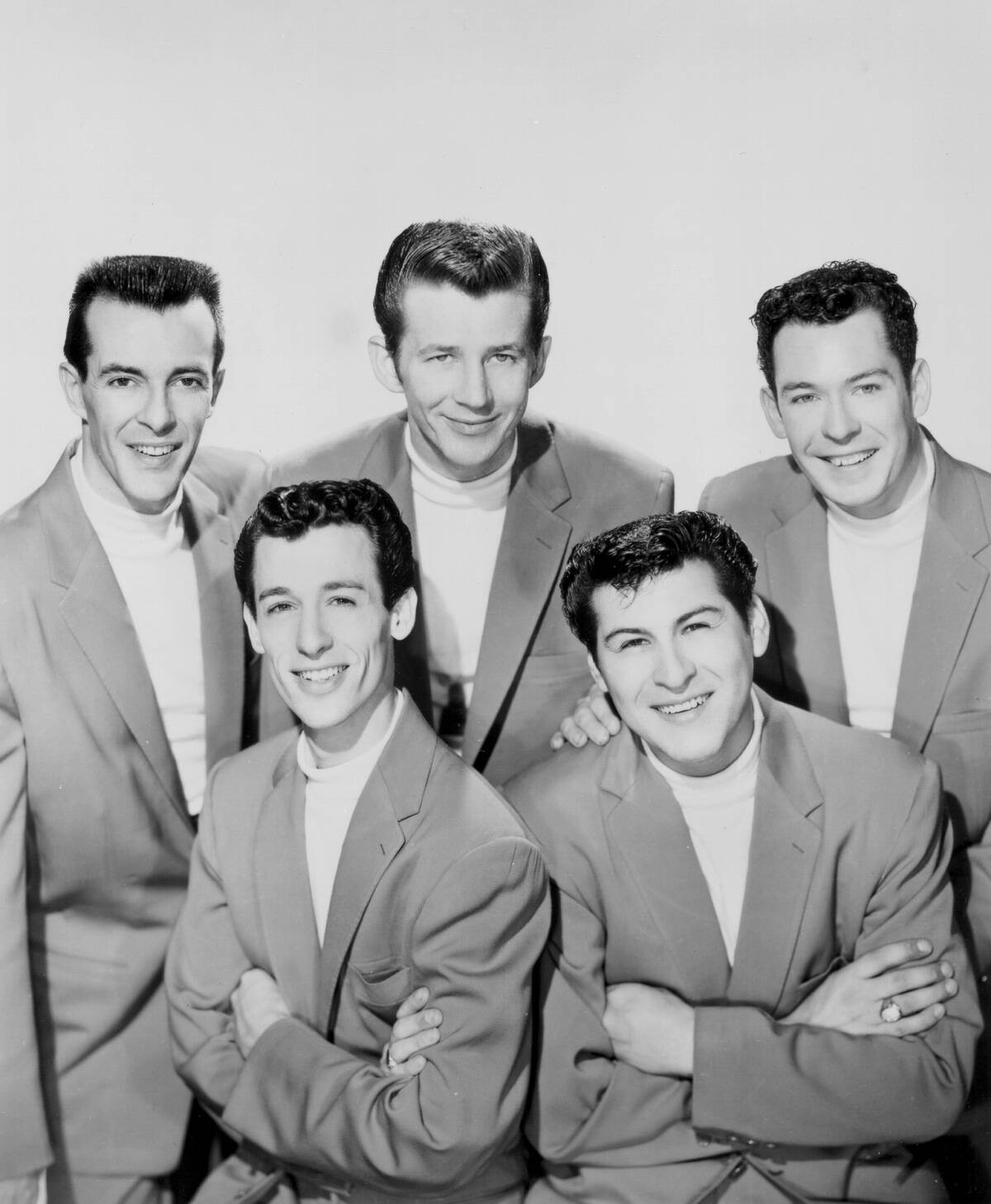
The 1950s were a time of transformation for the music industry. It was a decade marked by the blending of different musical styles, including rhythm and blues, jazz, and country. This fusion laid the groundwork for rock ‘n’ roll to take center stage. Radio and television played pivotal roles in popularizing songs, allowing artists to reach wider audiences than ever before. Against this backdrop, numerous one-hit wonders emerged, each adding a unique note to the decade’s vibrant soundtrack.
The Rise of Rock ‘n’ Roll and Its Impact

Rock ‘n’ roll wasn’t just a new genre; it was a cultural revolution. As it gained traction, it became the voice of a generation eager for change and rebellion. The energy and spirit of rock ‘n’ roll were contagious, and its rise provided a platform for many artists to shine, even if only briefly. The genre’s raw, unpolished sound resonated with young audiences, paving the way for one-hit wonders that captured the essence of this explosive musical era.
“Earth Angel” by The Penguins
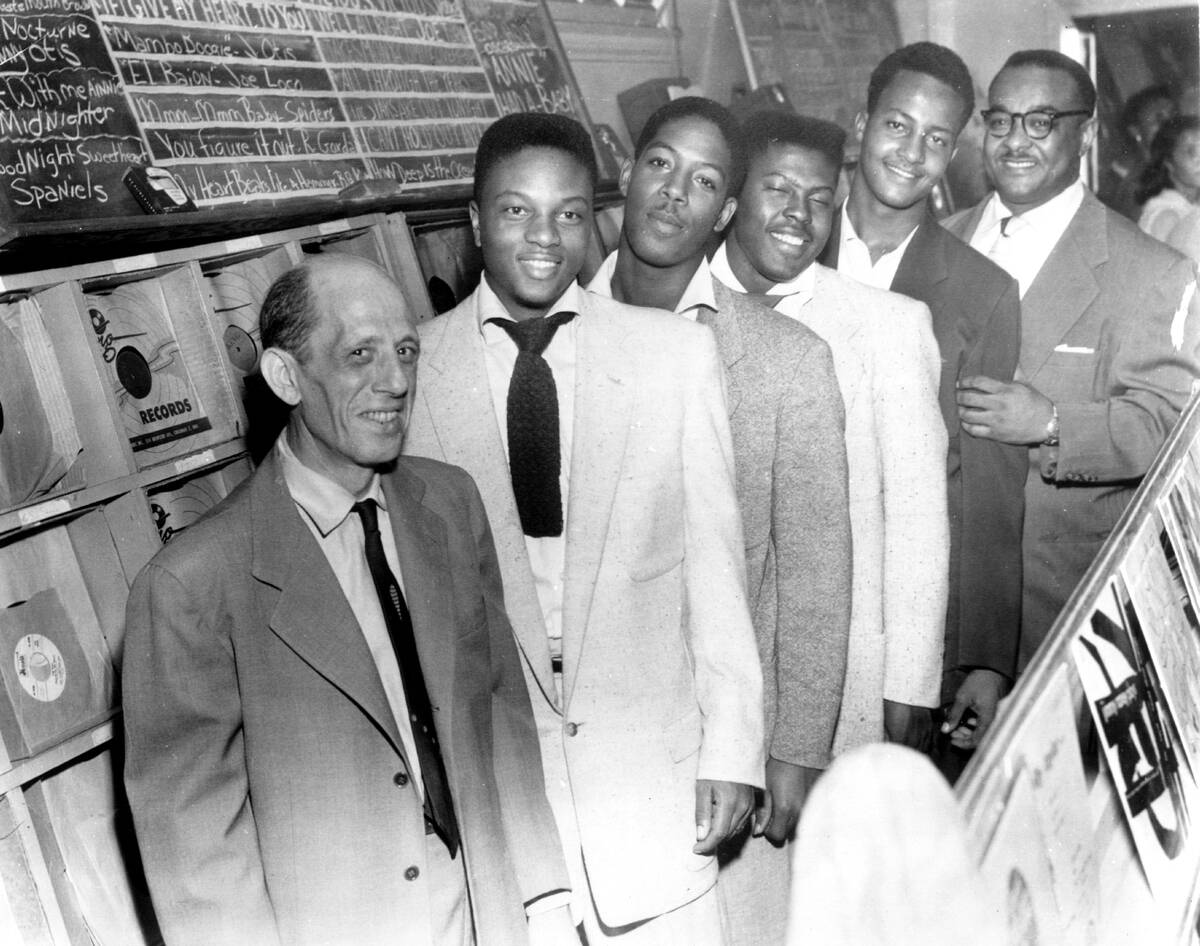
One of the most enduring one-hit wonders of the ’50s is “Earth Angel” by The Penguins. Released in 1954, this doo-wop ballad reached No. 8 on the Billboard Hot 100 and became a staple at high school dances across America. Its soulful harmonies and heartfelt lyrics struck a chord with listeners, ensuring its place in music history. Interestingly, the song was recorded in a garage, a testament to the DIY spirit that pervaded much of the era’s music production.
“In the Still of the Night” by The Five Satins

“In the Still of the Night” by The Five Satins is another quintessential one-hit wonder. Released in 1956, the song is often hailed as one of the greatest doo-wop tracks of all time. It has been covered by numerous artists over the decades, but the original version remains iconic. The song’s enduring appeal lies in its dreamy melody and evocative lyrics, which transport listeners back to a simpler time of romance and moonlit nights.
“Come Go with Me” by The Del-Vikings
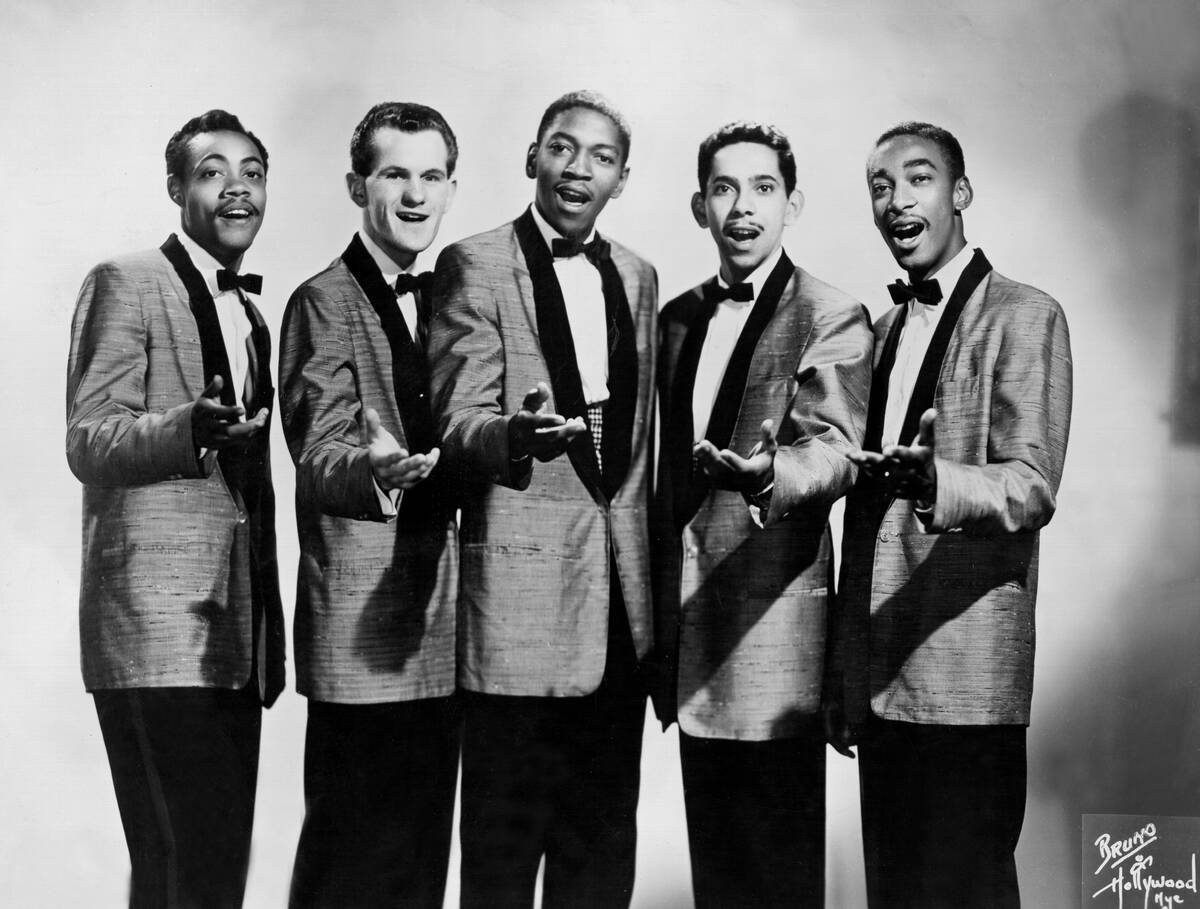
The Del-Vikings captured the spirit of the ’50s with their 1957 hit “Come Go with Me.” Known for its smooth harmonies and catchy chorus, the song reached No. 4 on the Billboard charts. It stood out not only for its musicality but also for the band’s integrated lineup, a rarity in that era. “Come Go with Me” continues to be a favorite among oldies enthusiasts, a testament to its timeless appeal and the band’s groundbreaking contribution to music.
“Get a Job” by The Silhouettes

“Get a Job” by The Silhouettes became an unexpected anthem for those navigating the job market. Released in 1957, the song humorously captured the frustrations of job-hunting with its catchy “yip yip yip yip” refrain. It soared to No. 1 on the Billboard Hot 100, resonating with audiences facing similar struggles. The song’s blend of humor and relatable content made it a standout hit, showcasing how music can reflect societal themes in an entertaining way.
“Tequila” by The Champs

With just one word, “Tequila” by The Champs became an instrumental sensation in 1958. The track’s infectious beat and saxophone riff made it an instant hit, climbing to No. 1 on the Billboard Hot 100. The Champs stumbled upon their success almost by accident, as “Tequila” was initially a B-side track. Its unexpected popularity underscores the unpredictable nature of one-hit wonders and how sometimes the simplest tunes can leave the most lasting impressions.
“Chantilly Lace” by The Big Bopper

“Chantilly Lace” by The Big Bopper is a song that embodies the playful spirit of the ’50s. Released in 1958, its catchy hook and humorous lyrics made it a favorite among listeners, peaking at No. 6 on the Billboard charts. The Big Bopper, also known as J.P. Richardson, was a larger-than-life personality, and his charisma shines through in this track. Despite his untimely death in a plane crash, “Chantilly Lace” continues to charm audiences with its upbeat energy.
“Purple People Eater” by Sheb Wooley

Sheb Wooley’s “Purple People Eater” is a quirky novelty hit that captured the imagination of the ’50s. Released in 1958, the song tells the whimsical tale of a one-eyed, one-horned flying creature intent on joining a rock ‘n’ roll band. It topped the Billboard charts, thanks to its catchy tune and humorous lyrics. “Purple People Eater” exemplifies the playful creativity of the era, reminding us that sometimes a little silliness is just what the world needs.
The Influence of Doo-Wop on One-Hit Wonders
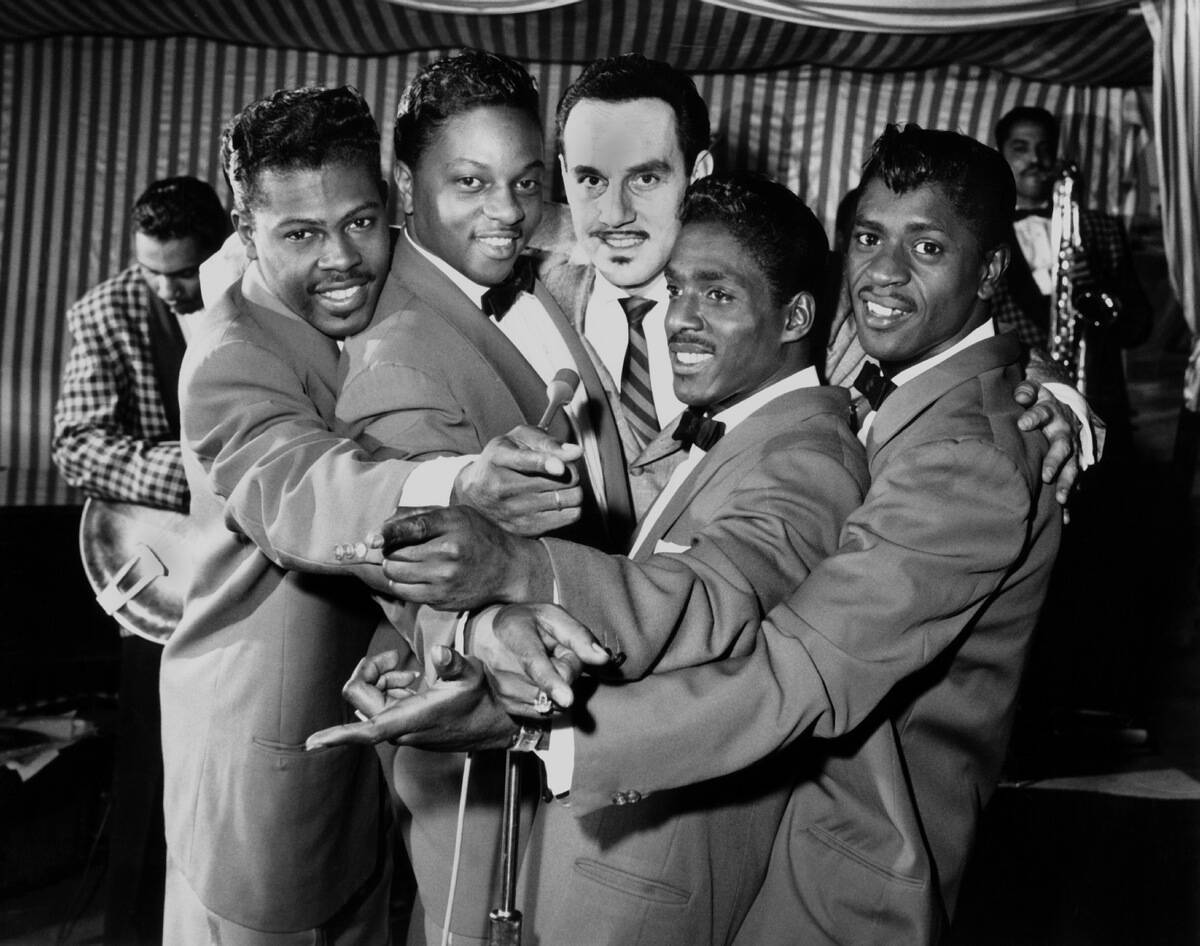
Doo-wop played a significant role in shaping the sound of ’50s one-hit wonders. Characterized by vocal harmony and simple beats, doo-wop provided a platform for many artists to shine, even if only briefly. Its roots in African American musical traditions brought a soulful depth to the mainstream, paving the way for future genres. The accessibility and emotional resonance of doo-wop made it a fertile ground for one-hit wonders, each song a snapshot of the era’s cultural landscape.
Nostalgia and the Timelessness of ’50s Hits
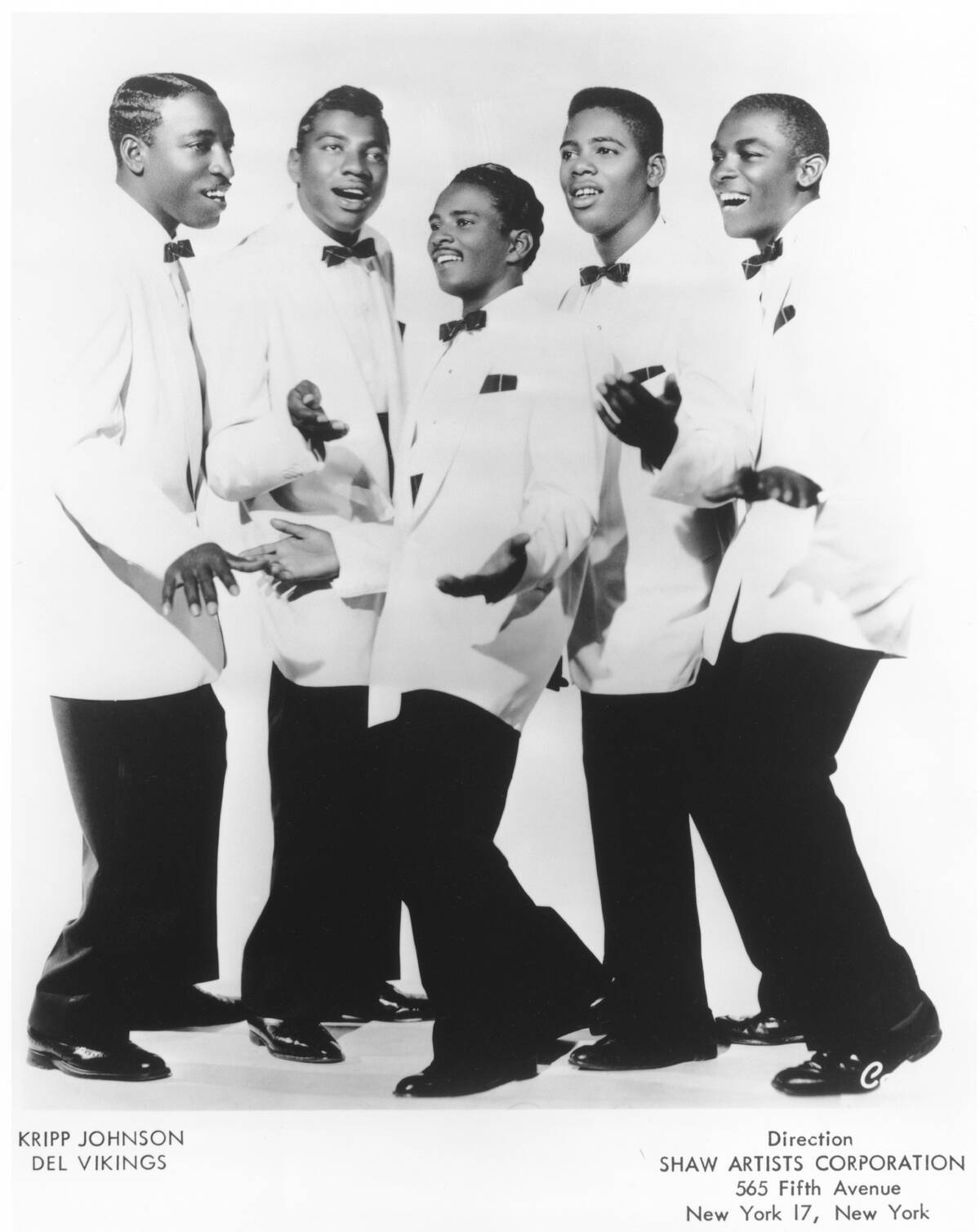
There’s something undeniably nostalgic about the music of the ’50s. These one-hit wonders transport us back to an era of innocence and optimism, when life seemed a little simpler. The enduring appeal of these songs lies in their ability to evoke fond memories and emotions, capturing the essence of a bygone era. Whether it’s the heartfelt harmonies or the catchy melodies, ’50s music continues to resonate with audiences of all ages, proving that great music truly stands the test of time.
The Enduring Charm of the ’50s One-Hit Wonders
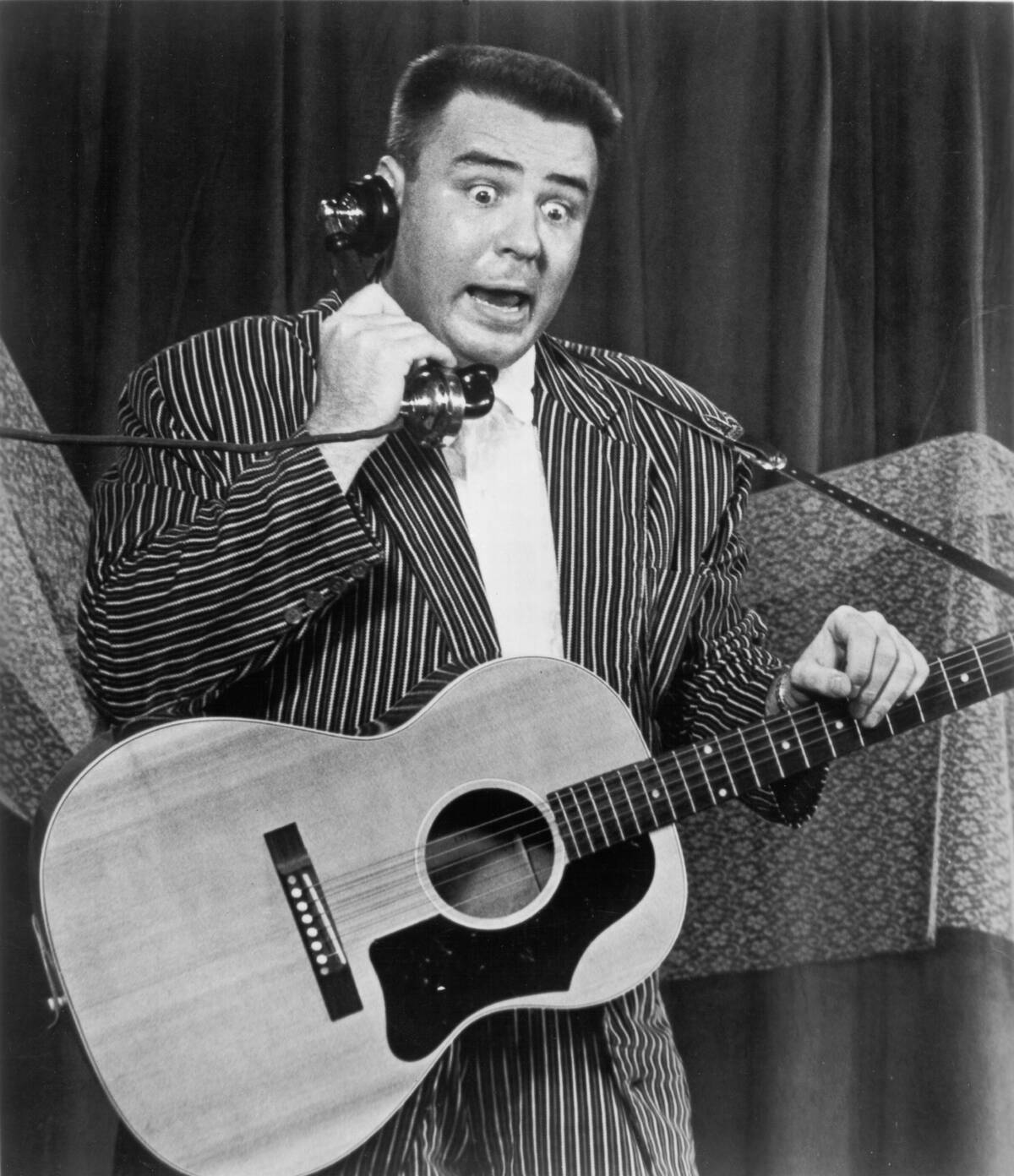
In conclusion, the one-hit wonders of the ’50s hold a special place in the tapestry of music history. They may have been brief flashes in the pan, but their impact is undeniable. These songs encapsulate the spirit of an era, offering a window into a world of jukeboxes and rock ‘n’ roll revelry. As we look back on these hits, we’re reminded that sometimes, a single song is enough to create a lasting legacy and keep the magic of the ’50s alive in our hearts.



